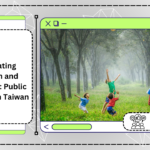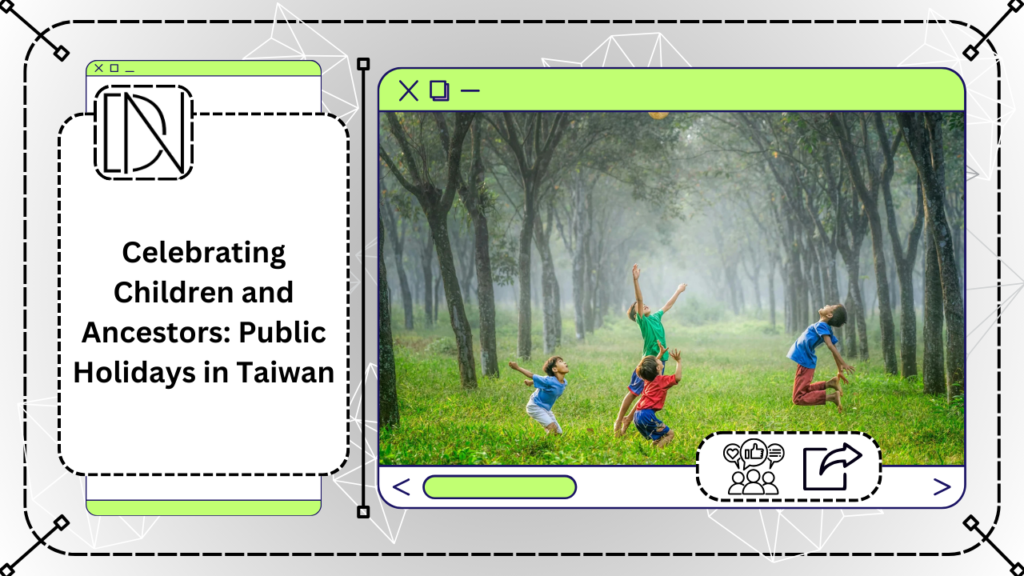
In the world of graphic designing, visual identity design plays a crucial role in creating a lasting impression for businesses and organizations. It encompasses the visual elements that represent a brand, including its logo, color palette, typography, and other design elements. Visual identity design is not just about creating visually appealing graphics; it is about creating a consistent and cohesive brand image that resonates with the target audience.
What is Visual Identity Design?
Visual identity design is a critical aspect of branding that involves the creation and consistent application of visual elements to communicate a brand’s ethos and values. This process includes the development of logos, color schemes, typography, and other graphical elements that collectively form the brand’s visual signature.
Components of Visual Identity
The main components of visual identity design include the logo, color palette, typography, and imagery. Each element plays a unique role in how the brand is perceived:
Logo: The most recognizable element that symbolizes the brand.
Color Palette: Sets the mood and creates an emotional connection.
Typography: Influences readability and complements the brand’s voice.
Imagery: Photographs and graphics that express the brand’s story.
Why is Visual Identity Important?
The importance of visual identity design cannot be overstated. It’s the visual representation of a brand that builds recognition, trust, and loyalty among consumers. A consistent visual identity allows a brand to stand out in a crowded marketplace and enables consumers to instantly connect with it.
Businesses that invest in professional visual identity design often see higher levels of engagement and brand recall. In today’s competitive landscape, a strong visual identity is not just an asset but a necessity for driving brand success.
Importance of Visual Identity Design
A well-designed visual identity is essential for several reasons:
1. Brand Recognition
Visual identity design helps in creating a unique and recognizable brand. It allows businesses to stand out from the competition and be easily identifiable. When consumers see consistent visual elements across various platforms, they can quickly associate them with a particular brand.
2. Establishing Trust and Credibility
A visually appealing and consistent visual identity design helps in establishing trust and credibility with the audience. It gives the impression that the brand is professional, reliable, and pays attention to detail. A strong visual identity can also convey the brand’s values and personality, making it more relatable to the target audience.
3. Building Brand Loyalty
A well-executed visual identity design can create an emotional connection with the audience. When people resonate with a brand’s visual identity, they are more likely to develop brand loyalty and become repeat customers. Consistency in visual elements builds familiarity and reinforces the brand’s presence in the consumer’s mind.
Elements of Visual Identity Design
Visual identity design comprises various elements that work together to create a cohesive brand image:
1. Logo
The logo is the centerpiece of a brand’s visual identity. It is a symbol or a wordmark that represents the brand and is used across all marketing materials. A well-designed logo should be simple, memorable, and reflective of the brand’s values and personality.
2. Color Palette
Colors evoke emotions and play a significant role in visual communication. A carefully chosen color palette helps in establishing the brand’s identity and creating a consistent visual experience for the audience. The color palette should align with the brand’s values and target audience.
3. Typography
The choice of fonts and typography contributes to the overall visual identity. Different fonts convey different emotions and personalities. It is important to select fonts that are legible, visually appealing, and align with the brand’s image.
4. Imagery and Graphics
Imagery and graphics used in visual identity design add depth and visual interest. They can include photographs, illustrations, patterns, or icons that represent the brand. Consistency in the style and tone of imagery helps in reinforcing the brand’s identity.
Creating a Visual Identity Design
Developing a visual identity design requires careful planning and attention to detail. Here are the key steps involved:
1. Research and Discovery
Understanding the brand’s values, target audience, and market is crucial. Conduct research to gather insights and identify the brand’s unique selling points. This information will guide the design process.
2. Concept Development
Based on the research, brainstorm and develop concepts for the visual identity. This includes exploring different logo designs, color palettes, typography options, and other visual elements.
3. Design Execution
Once the concept is finalized, the visual identity design can be executed. This involves creating the logo, selecting the color palette, choosing fonts, and designing supporting graphics. It is important to ensure consistency across all elements.
4. Application and Guidelines
Document the visual identity guidelines to maintain consistency in its application. This includes specifying logo usage, color codes, typography guidelines, and other design rules. These guidelines serve as a reference for anyone using the brand’s visual elements.
Conclusion
Visual identity design is an integral part of graphic designing that helps businesses create a strong brand presence. It involves the use of various design elements to establish a consistent and recognizable brand image. A well-executed visual identity design can enhance brand recognition, establish trust, and build brand loyalty. By understanding the importance of visual identity design and following a systematic approach, businesses can create a visual identity that resonates with their target audience.












